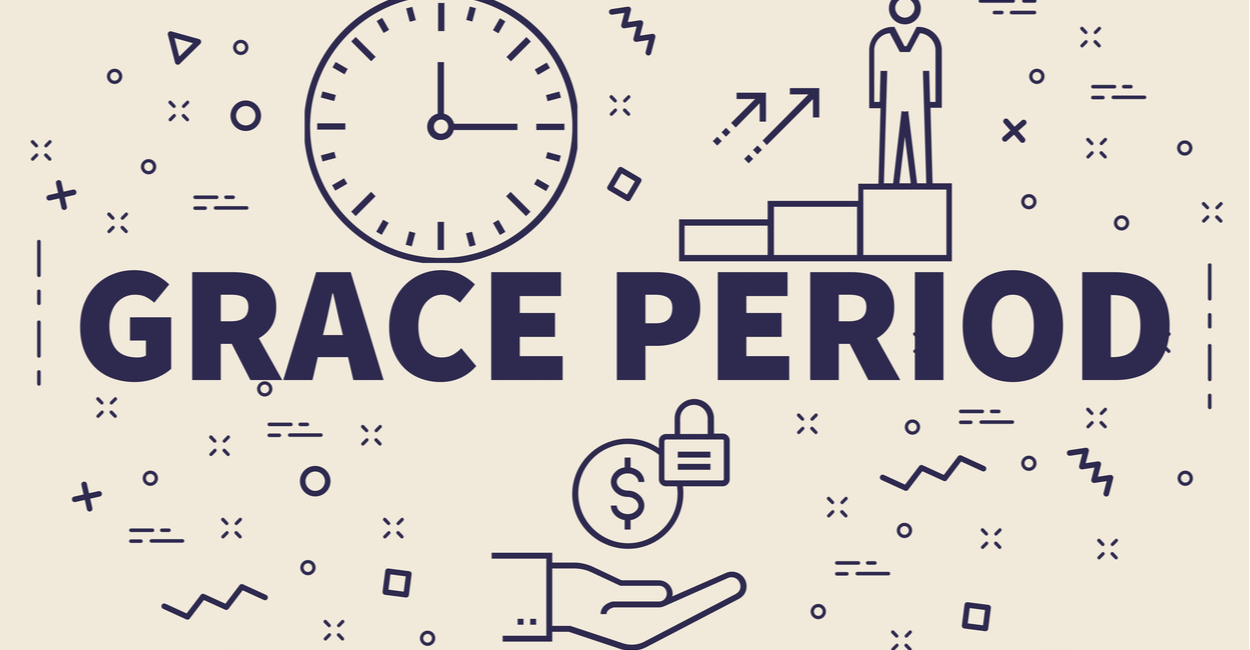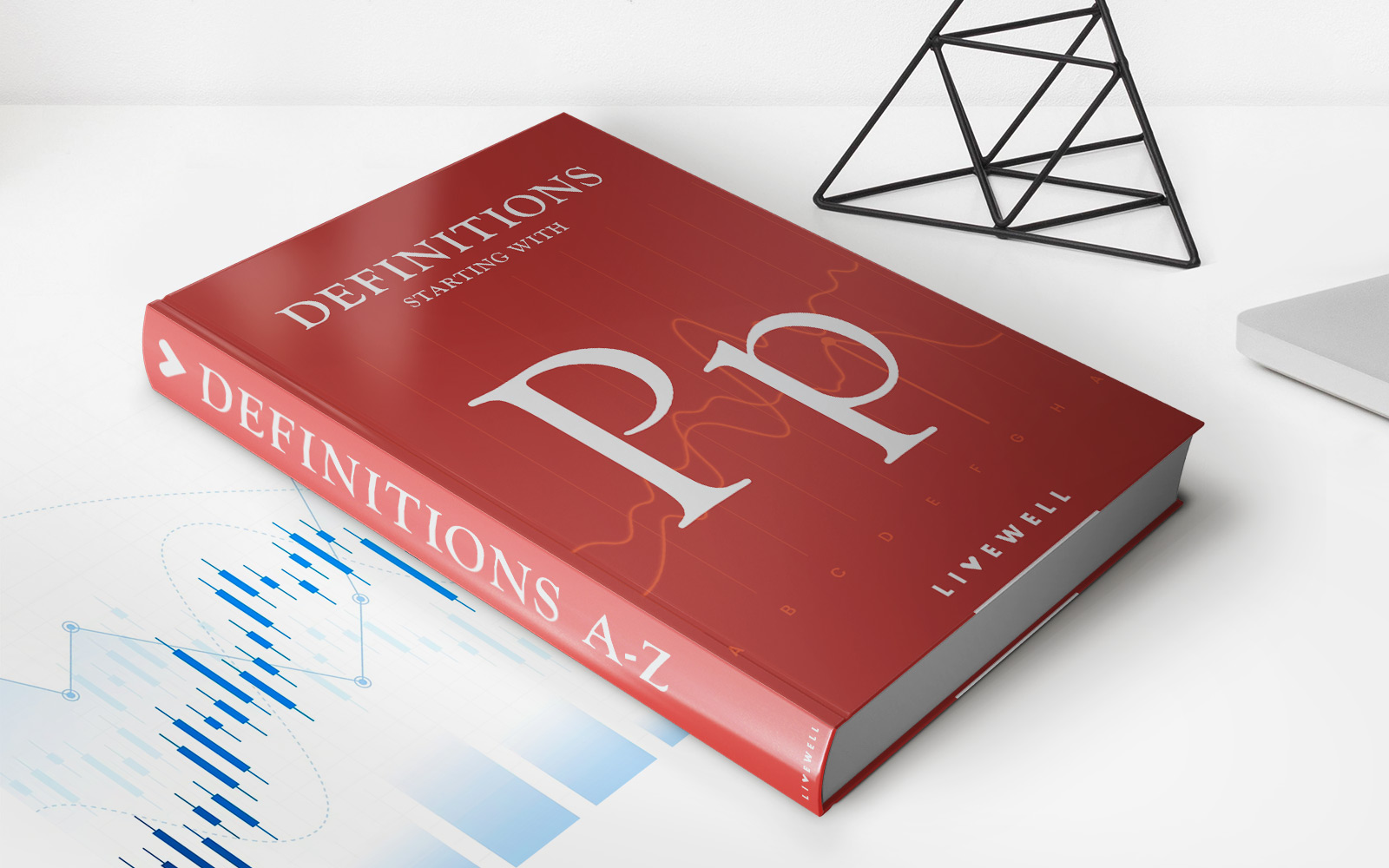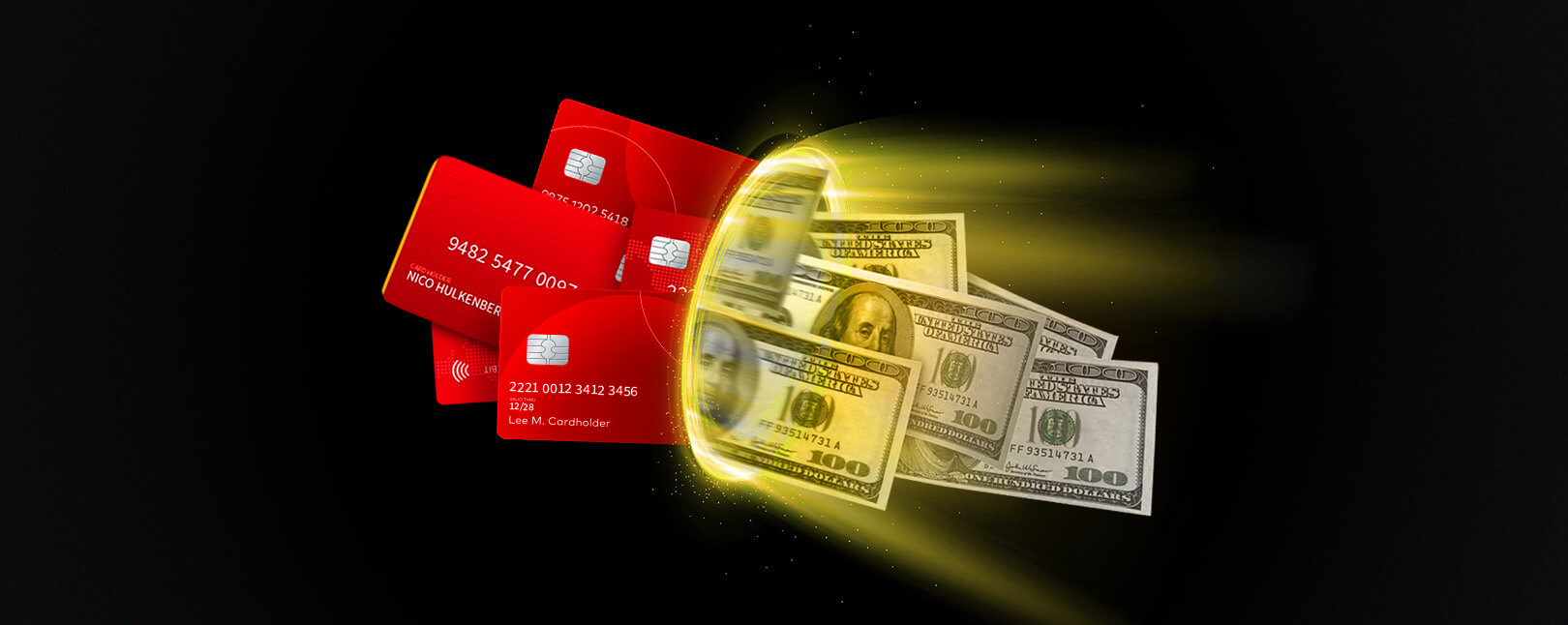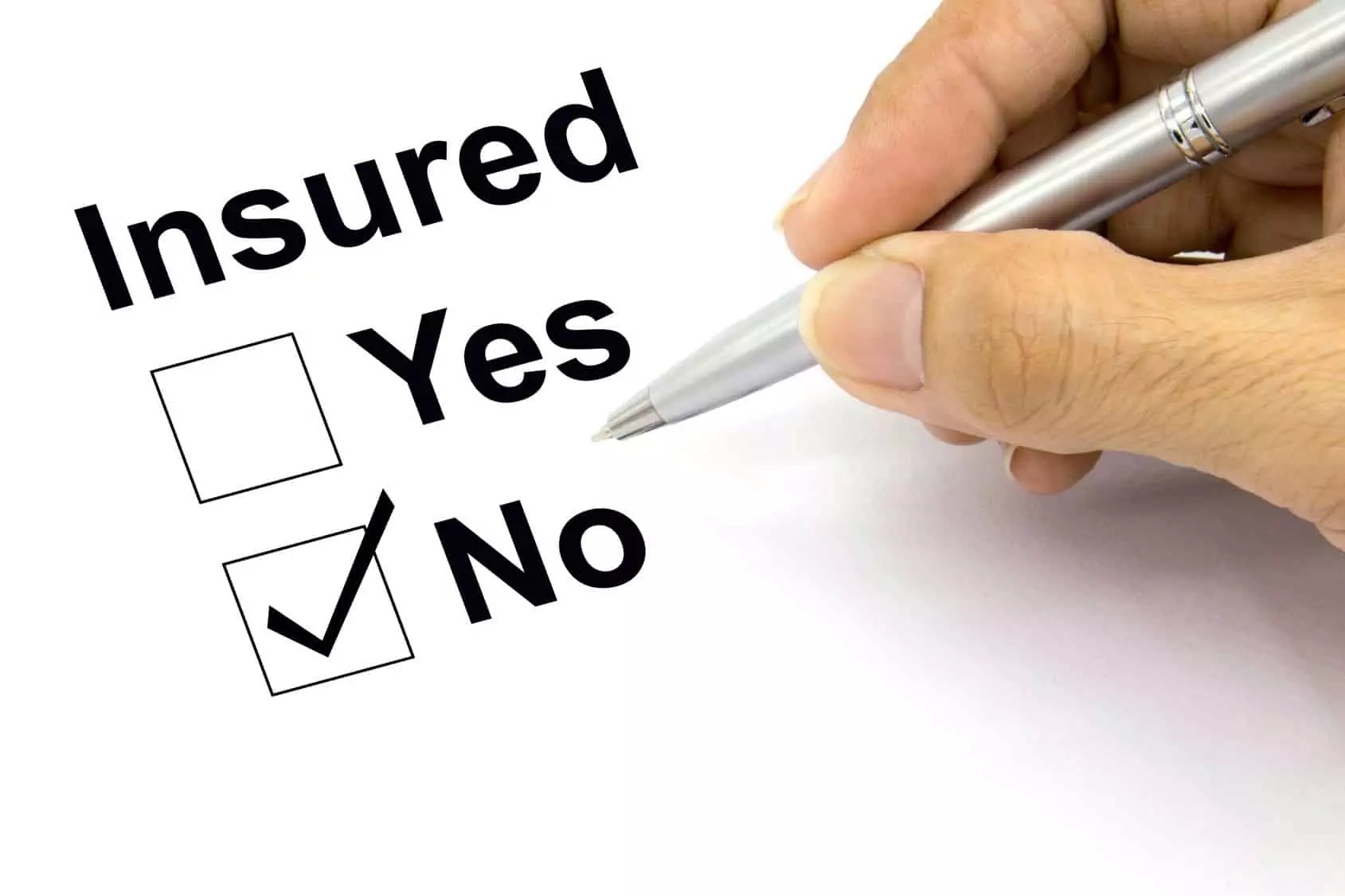

Finance
How Long Is A Grace Period For Credit Cards?
Published: February 21, 2024
Learn about the duration of grace periods for credit cards and their impact on your finances. Understand the importance of managing credit card payments effectively.
(Many of the links in this article redirect to a specific reviewed product. Your purchase of these products through affiliate links helps to generate commission for LiveWell, at no extra cost. Learn more)
Table of Contents
Introduction
Welcome to the world of credit cards, where convenience meets financial management. As you embark on your journey of understanding the intricacies of credit cards, one vital concept to grasp is the grace period. This often-overlooked feature can significantly impact your financial well-being, making it crucial to comprehend its implications. In this article, we will delve into the specifics of credit card grace periods, shedding light on their duration, influencing factors, and practical tips for optimizing their benefits.
Whether you’re a seasoned credit card user or a newcomer to the realm of personal finance, the grace period holds relevance for everyone. By unraveling the mysteries surrounding this aspect of credit card usage, you’ll gain valuable insights that can empower you to make informed decisions about your financial transactions.
Join us as we embark on a journey to demystify the concept of credit card grace periods, unveiling the crucial details that can help you navigate the complex landscape of credit card usage with confidence and clarity.
What is a Grace Period for Credit Cards?
A grace period for credit cards is a window of time during which you can make purchases on your credit card without incurring any interest charges. Essentially, it’s a brief reprieve granted by the credit card issuer, allowing you to pay off your statement balance in full before interest begins to accrue. This period typically starts at the end of a billing cycle and ends on the payment due date for that cycle.
Think of the grace period as a financial breather—a buffer that shields you from immediate interest charges on your credit card transactions. It offers you the opportunity to leverage your credit card for purchases or expenses while deferring the actual payment until the end of the grace period. This feature can be particularly advantageous if you manage your credit card payments strategically, enabling you to optimize your cash flow and allocate funds efficiently.
Understanding the mechanics of the grace period is pivotal for harnessing the full potential of your credit card. By capitalizing on this interest-free window, you can effectively manage your expenses and cash flow, leveraging the flexibility and convenience offered by your credit card without incurring additional financial burdens.
As we navigate the intricacies of credit card grace periods, it’s essential to recognize the value they bring to the table, empowering you to make informed decisions about your spending and payment strategies. Now that we’ve established the fundamental concept of the grace period, let’s delve deeper into its temporal specifics and the factors influencing its duration.
How Long is the Grace Period?
The duration of a credit card grace period typically ranges from 21 to 25 days, but the specific length can vary based on the terms and conditions set by the credit card issuer. This means that from the closing date of your billing cycle to the payment due date, you have a window of approximately three to four weeks to settle your outstanding balance without incurring interest charges.
It’s important to note that while the grace period offers a temporary shield against interest, its length is contingent on several factors, including the credit card issuer’s policies, the specific terms of your credit card agreement, and the timing of your transactions within the billing cycle. By familiarizing yourself with the nuances of the grace period, you can leverage this timeframe to your advantage, optimizing your financial management and expenditure patterns.
Understanding the precise length of your credit card’s grace period is essential for strategic financial planning. By aligning your spending and payment timelines with the grace period, you can harness its benefits to minimize interest expenses and maximize your financial flexibility. As we explore the factors influencing the duration of the grace period, you’ll gain deeper insights into the dynamics that shape this critical aspect of credit card usage.
Factors Affecting the Length of the Grace Period
The length of the grace period for credit cards is influenced by various factors that can vary from one credit card issuer to another. Understanding these determinants can provide valuable insights into the dynamics shaping the temporal scope of the grace period. Here are the key factors that can impact the duration of the grace period:
- Credit Card Issuer Policies: Different credit card issuers may have distinct policies regarding grace periods. While some issuers offer a standard grace period length across their card portfolio, others may tailor the grace period duration based on specific card types or customer segments. It’s essential to review the terms and conditions provided by your credit card issuer to ascertain the exact length of the grace period applicable to your card.
- Credit Card Agreement Terms: The specifics of your credit card agreement, including the terms and conditions outlined by the issuer, can significantly influence the grace period’s duration. These contractual details may encompass the billing cycle structure, the calculation of the grace period, and any variations based on promotional offers or card features.
- Transaction Timing: The timing of your credit card transactions within the billing cycle can impact the effective length of the grace period. Understanding how the closing date of the billing cycle aligns with your purchase and payment timelines is crucial for optimizing the grace period to your advantage.
- Regulatory Requirements: Certain regulatory guidelines or consumer protection laws may influence the minimum length of the grace period mandated for credit card accounts. These regulations aim to safeguard consumers’ rights and ensure transparent practices in the credit card industry, potentially establishing a baseline for grace period durations.
By considering these factors, you can gain a comprehensive understanding of the elements that shape the length of the grace period for your credit card. This awareness empowers you to navigate the nuances of credit card usage effectively, enabling you to leverage the grace period to its fullest potential while optimizing your financial management strategies.
Importance of Understanding the Grace Period
Comprehending the intricacies of the grace period is paramount for prudent financial management and informed decision-making. By recognizing the significance of this temporal window, you can harness its benefits to optimize your credit card usage and minimize unnecessary interest expenses. Here’s why understanding the grace period is crucial:
- Interest Avoidance: The grace period empowers you to make purchases using your credit card without incurring interest charges, provided that you settle the outstanding balance within this interest-free timeframe. Understanding the grace period enables you to time your transactions strategically, aligning them with the billing cycle to maximize interest savings.
- Financial Flexibility: By leveraging the grace period, you can effectively manage your cash flow and allocate funds for essential expenses while deferring the credit card payment until the end of the interest-free window. This flexibility can be instrumental in navigating unexpected financial obligations or capitalizing on time-sensitive opportunities.
- Debt Management: A clear understanding of the grace period empowers you to devise effective debt repayment strategies. By utilizing this interest-free interval, you can prioritize debt reduction and allocate funds towards clearing your credit card balance without the burden of accruing additional interest.
- Optimized Spending: Knowledge of the grace period allows you to align your spending patterns with the billing cycle, enabling you to make informed decisions about the timing and magnitude of your credit card transactions. This can help you avoid unnecessary interest costs and optimize your overall expenditure.
- Strategic Planning: Understanding the grace period facilitates strategic financial planning, empowering you to capitalize on its benefits while avoiding common pitfalls such as missed payments or delayed settlements that could lead to interest accrual.
By recognizing the importance of the grace period and its implications for your financial well-being, you can proactively integrate this knowledge into your financial toolkit, leveraging it to enhance your financial resilience and optimize your credit card utilization. As we delve into practical tips for maximizing the grace period, you’ll gain actionable insights that can amplify the benefits of this critical feature.
Tips for Maximizing the Grace Period
Maximizing the benefits of the grace period entails strategic financial acumen and proactive management of your credit card transactions. By implementing the following tips, you can leverage the grace period to its fullest potential, optimizing your financial flexibility and minimizing interest expenses:
- Timely Payment: Ensure that you make timely payments to settle your credit card balance in full before the end of the grace period. By doing so, you can avoid accruing interest on your transactions and maintain a healthy credit standing.
- Strategic Purchases: Align significant purchases with the beginning of the billing cycle to maximize the duration of the grace period for these transactions. This can provide you with an extended interest-free timeframe for managing substantial expenses.
- Payment Synchronization: Coordinate your credit card payment due dates with your income schedule to optimize cash flow management. By synchronizing these timelines, you can leverage the grace period effectively without straining your financial resources.
- Automated Payments: Consider setting up automated payments for your credit card to ensure consistent and timely settlements. This proactive approach can help you avoid missed payments and capitalize on the grace period without incurring unnecessary interest charges.
- Utilize Rewards Programs: Explore the rewards and benefits offered by your credit card issuer, such as cashback incentives or loyalty points. By leveraging these programs for eligible transactions, you can offset expenses and optimize the value derived from your credit card usage during the grace period.
- Monitor Billing Cycles: Stay vigilant about the closing dates of your credit card billing cycles and the corresponding payment due dates. This awareness enables you to plan your expenditures and payments strategically, maximizing the grace period for interest savings.
- Minimize Cash Advances: Exercise caution when considering cash advances on your credit card, as they often accrue interest immediately without the benefit of a grace period. Minimizing cash advances can help you avoid unnecessary interest costs and maintain financial prudence.
By incorporating these tips into your credit card management practices, you can effectively harness the grace period to optimize your financial strategies and minimize interest expenses. This proactive approach empowers you to navigate the credit card landscape with confidence, leveraging the grace period as a valuable tool for prudent financial management.
Conclusion
As we conclude our exploration of credit card grace periods, it’s evident that understanding this temporal window is pivotal for maximizing the benefits of your credit card usage. The grace period serves as a valuable tool for financial flexibility, interest avoidance, and strategic debt management, offering a brief respite from interest charges on your credit card transactions.
By comprehending the factors influencing the grace period’s duration and implementing practical tips for optimizing its benefits, you can navigate the realm of credit cards with astuteness and foresight. Strategic payment scheduling, synchronized cash flow management, and judicious utilization of rewards programs can amplify the value derived from the grace period, empowering you to minimize interest expenses and enhance your financial resilience.
As you embark on your credit card journey, remember that the grace period is not merely a temporal concept but a potent financial instrument that can shape your spending patterns and debt repayment strategies. By integrating this knowledge into your financial toolkit, you can leverage the grace period as a catalyst for prudent financial decision-making, ensuring that your credit card usage aligns with your long-term financial goals and aspirations.
Armed with a deeper understanding of the grace period, you are equipped to navigate the complexities of credit card usage with confidence and acumen, leveraging this interest-free window to optimize your financial well-being and minimize unnecessary interest expenses. As you embark on this financial odyssey, may the grace period serve as a beacon of financial prudence and empowerment, guiding you towards a future of informed financial choices and sustainable wealth management.














